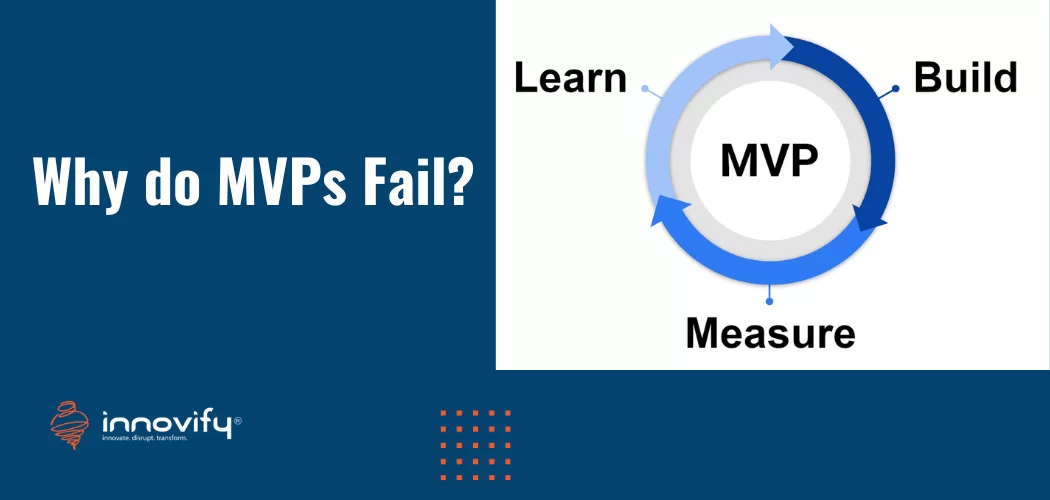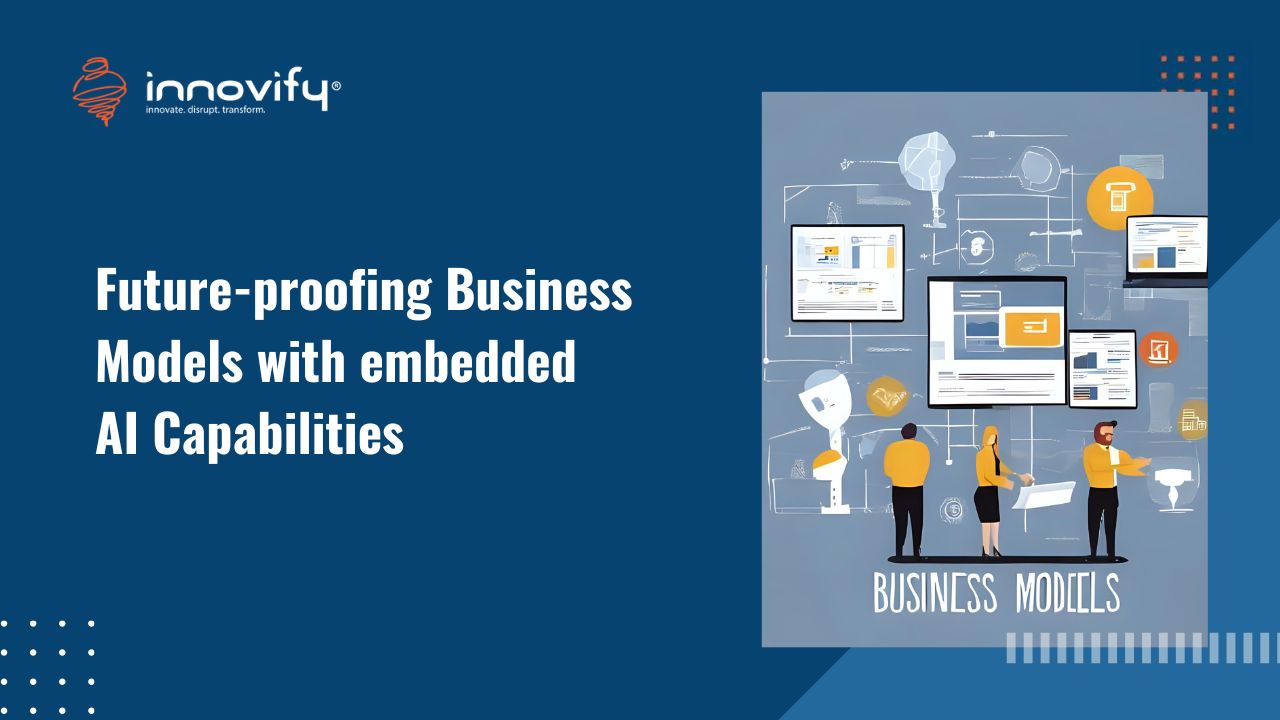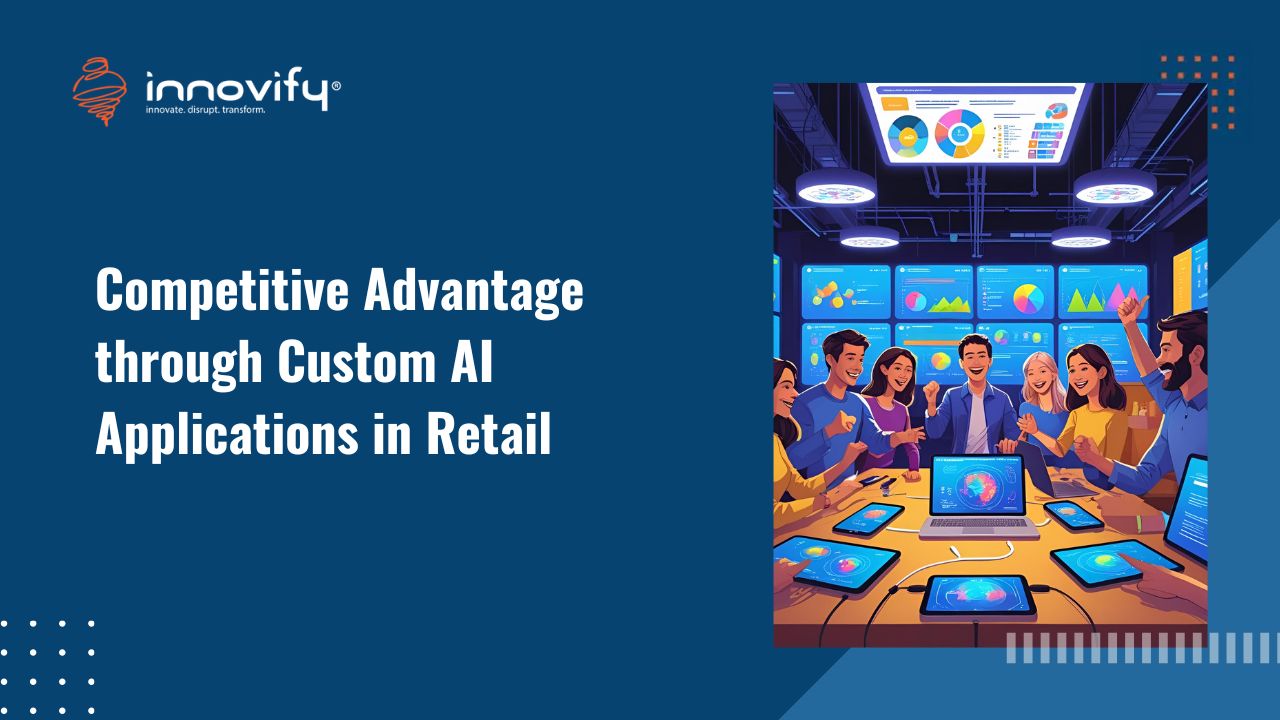AI/ML
Why do MVPs fail?
A shocking yet true statistic reveals that 90% of startups fail. One key reason behind this astounding failure rate is the unsuccessful execution of a crucial tool in the startup world: the minimum viable product (MVP).
The concept of an MVP has long been considered a cornerstone of successful product innovation. It’s a product with just enough features to satisfy early customers and provide valuable feedback for further development.
Yet, many startups and established businesses stumble during the MVP development process, turning what should be a stepping stone into a stumbling block. The reasons are manifold, ranging from a lack of proper market research to poor user engagement, from incorrect problem definition to a weak product-market fit. Understanding these reasons for MVP failure is vital for anyone looking to navigate their way toward startup success.
In this blog, we’ll delve deep into why MVPs fail and how to overcome these failures. Drawing on real-world case study, we’ll uncover the common pitfalls that trip up even the most promising startups.
Understanding the Concept of MVP
The minimum viable product, commonly referred to as an MVP, is a fundamental concept in the startup and product development worlds. The term was coined by Frank Robinson and popularized by Eric Ries and Steve Blank, two heavyweights in the world of lean startups. But what exactly does it entail?
At its core, an MVP is a version of a product that contains only the bare minimum features needed to satisfy early customers and get feedback for future development. It’s a product that’s functional and valuable in its own right, but also designed with an eye toward growth and evolution.
The MVP development process is a dynamic, iterative journey. It begins with identifying the core problem that the product aims to solve, followed by pinpointing the minimal essential features that can address this problem. The MVP is then developed and introduced to early users. Their feedback and the market response are leveraged to refine the product and guide its evolution, culminating in successive iterations of the MVP until it becomes a fully-realized product.
The Significance of MVPs in Product Development
The role and value of an MVP in product development are substantial which involves several key aspects:
- Efficient Resource Allocation: MVPs allow startups to validate their product ideas without investing excessive time, resources, and capital into building a full-fledged product. This approach enables a safer, smarter way to test the waters and adjust the course based on real-world insights.
- Customer-centric Development: MVPs foster a customer-centric approach to product development. By encouraging early feedback from users, MVPs ensure that the product evolves in a direction that aligns with customer needs and preferences. This method significantly boosts the chances of achieving a strong product-market fit—a crucial determinant of a product’s success.
- Swift and Agile Execution: Lastly, the concept of MVPs supports swift and agile development, allowing businesses to be the first to market in fast-paced, competitive sectors. This advantage can provide a valuable competitive edge and drive early adoption.
Understanding the concept and the process of MVP development is the first step in avoiding potential pitfalls. In the following sections, we’ll understand why MVPs fail and how these challenges can be circumvented.
6 Common Reasons Why MVPs Fail
Despite the potential advantages of MVPs, they often fail to deliver the expected results. A number of common reasons can be attributed to these failures. By understanding these pitfalls, startups can better prepare for and navigate the challenges during MVP development.
1. Poor Market Research
One of the primary reasons MVPs fail is due to inadequate or incorrect market research. Understanding the target market, its needs, preferences, and pain points is crucial before embarking on the product development journey. Neglecting this step can lead to a product that fails to resonate with its intended users or meet market demands.
2. Lack of User Engagement
An MVP should not only be minimal and viable but also engaging. If the product fails to capture users’ attention and interest, it will likely see low adoption rates. This could be due to a lack of essential features, an unintuitive user interface, or failing to provide a clear value proposition.
3. Incorrect Problem Definition
Sometimes, an MVP fails because it’s built to solve the wrong problem. The issue may not be significant enough to warrant a solution, or the proposed solution may not effectively address the problem. This typically stems from a lack of understanding of the user’s needs and pain points.
4. Insufficient Testing
Insufficient testing can lead to a product riddled with bugs, glitches, or usability issues. This disrupts the user experience and tarnishes the product’s reputation, leading to lower user adoption and, ultimately, the failure of the MVP.
5. Lack of Product-Market Fit
Achieving a product-market fit is crucial for the success of any product, and MVPs are no exception. If the product doesn’t fit the market’s needs, it will likely struggle to gain traction. This can result from poor market research, an incorrect problem definition, or simply a lack of demand for the proposed solution.
6. Failing to Iterate
The MVP is designed to be an iterative process. Failure to act on user feedback and continuously improve the product can lead to stagnation and, eventually, failure. Successful MVP development involves constant learning, adaptation, and evolution based on market response and user feedback.
Each of these reasons presents unique challenges, but understanding them is the first step toward preventing MVP failure.
Case Study: The Juicero Debacle
A notable example of an MVP failure is Juicero, a high-end juicing machine. Despite securing $118 million in funding and promising a unique juice experience, Juicero quickly failed. The device used proprietary juice packages with QR codes for detailed ingredient tracking. However, these packages contained pre-squeezed juice that didn’t need a machine at all.
The root causes of Juicero’s failure closely align with the pitfalls we discussed:
- Poor Market Research: The company overestimated the demand for a high-end juicer and its willingness to pay.
- Incorrect Problem Definition: Juicero solved a non-existent problem. Their high-tech solution was unnecessary for making juice.
- Lack of Product-Market Fit: With its excessive complexity and steep price, the product didn’t meet market needs.
- Failure to Iterate: Juicero failed to adapt based on user feedback and criticism.
This case study reinforces the importance of effective market research, correct problem definition, achieving product-market fit, and iterative development. It’s a powerful reminder that neglecting these MVP fundamentals can lead to failure, regardless of funding or hype. Our next section will offer insights on avoiding such pitfalls.
Overcoming the Pitfalls: How to Prevent MVP Failures
Understanding why MVPs fail is only half the battle. The next crucial step is implementing proactive measures to avoid these pitfalls. Here, we’ll share practical tips and strategies to guide you toward a successful MVP development process.
1. Conducting Comprehensive Market Research
Extensive market research is indispensable in the journey of product development. Knowing your target audience in-depth is a must. This includes understanding their needs, preferences, pain points, and desires. This understanding aids in building a product that directly addresses these factors, increasing your product’s relevance and appeal.
Market trends, competitor activities, and potential barriers are also crucial areas of study in the research process. Observing market trends helps you align your product with current demand, enhancing its market acceptance. Studying competitors gives you an understanding of what’s already available and helps identify gaps your product can fill. Identifying potential barriers early on can help you prepare for and mitigate risks down the line.
Leverage different tools and techniques for your research. Surveys, focus groups, one-on-one interviews, and market analysis reports can provide rich and varied insights to inform your product development process. This research will serve as a robust foundation for your MVP, reducing the likelihood of failure.
2. Prioritizing User Engagement and Feedback
User engagement is paramount to your MVP’s success. Your product should perform its intended function and provide an engaging, intuitive user experience. A strong user interface encourages usage, prolongs engagement, and promotes user satisfaction.
Crafting a clear value proposition for your users is also critical. It should communicate your product’s unique benefits, giving users a compelling reason to choose your product over others. This value proposition should be apparent in every user interaction with your product.
Feedback from your users is a valuable resource in the MVP development process. Encourage users to share their thoughts, experiences, and suggestions. Actively incorporate this feedback into your product development process to ensure your MVP evolves in a direction that aligns with user needs and preferences.
3. Clearly Defining the Problem to be Solved
The cornerstone of a compelling solution is a clearly defined problem. Before diving into solution development, make sure you fully understand the problem your product is designed to solve. This problem should be significant and relevant enough that users see the value in having a solution.
Investing time and resources to define the problem can provide a clear direction for your product development efforts. It ensures your product is focused, relevant, and valuable to its users. This investment can pay off in the form of a product that users truly need and want, reducing the likelihood of your MVP failing in the market.
4. Implementing Rigorous Testing Processes
Implementing a comprehensive, rigorous testing process is a key step to prevent the launching of a product riddled with bugs or usability issues. This process should encompass various testing stages, from unit testing and integration testing to user acceptance testing and beta testing.
Each of these stages plays a crucial role in ensuring the quality of your product. Unit testing checks the functionality of individual components, integration testing ensures these components work together seamlessly, user acceptance testing confirms the product meets user expectations, and beta testing provides feedback from real-world usage scenarios.
A well-tested product instills confidence in your users, enhancing its perceived value and trustworthiness. This confidence can translate into higher user adoption rates, increasing the likelihood of your MVP’s success.
5. Ensuring a Robust Product-Market Fit
Your MVP’s success hinges on its fit within the market. It must meet market demands and provide a solution that users are willing to adopt. This fit involves aligning the product’s features with market needs, which requires a deep understanding of your market and your users.
This understanding should be revisited throughout the development process. As your product evolves, as you gather more user feedback, and as market conditions change, reassess your product-market fit and adjust as necessary. This continuous alignment can help your product stay relevant and desirable to your users, bolstering its chances of success.
6. Embracing Iteration and Continuous Improvement
MVP development is inherently iterative. You develop, launch, gather feedback, refine, and repeat. Each round of user feedback is a golden opportunity for improvement. It provides fresh perspectives, reveals potential oversights, and gives direct insight into your users’ needs and wants.
Don’t shy away from making changes based on this feedback. This might involve tweaking existing features, adding new ones, or even changing the direction of your product entirely. Remember, every change is a step towards a better product, which means a higher likelihood of success.
Continuous improvement should be the mantra of your MVP development process. It’s not about getting it perfect the first time, but getting it better each time. With this approach, your product improves and shows your users that you value their input and are committed to meeting their needs
Role of Innovify In Overcoming MVP Failure Pitfalls
At Innovify, we understand the challenges that come with MVP development. With our team of experienced professionals, we can guide you through each stage of the process, from market research and problem definition to user testing and iteration.
We’re dedicated to helping you avoid common pitfalls and steer your MVP toward success. We’ll work together to turn your vision into a viable product that truly resonates with your target audience.
Avoiding MVP Failures: Key Takeaways for Success
MVPs often fail for a number of different reasons. However, understanding these pitfalls and taking proactive steps can greatly improve your chances of success.
Engaging a seasoned partner like Innovify can be instrumental in this process. With our expertise in MVP development and commitment to customer-centric design, Innovify can help you navigate the potential pitfalls.
We help create an MVP that meets market demands and drives innovation and growth. Remember, the key to a successful MVP lies in thorough preparation, user engagement, continuous improvement, and strategic partnerships.
FAQs
1. What happens if MVP fails?
If an MVP (Minimum Viable Product) fails, it means the product did not meet the desired outcomes or failed to gain user traction. The consequences can vary depending on the specific situation, but generally, it indicates that adjustments or significant changes are needed. This may involve reevaluating the product concept, revisiting market research, making improvements, or considering a different approach altogether.
2. When not to use MVP?
The MVP approach may not be suitable in certain situations, such as:
- Complex and high-risk projects that require extensive development and testing before launch.
- When the target audience or market needs are already well-defined, and a more comprehensive solution is expected.
- In regulated industries where compliance and safety standards demand a fully developed product.
- Projects that require substantial upfront investment and have limited resources for iterative development.
3. What is the riskiest assumption in MVP?
The riskiest assumption in an MVP typically revolves around the target audience or customers. It involves assumptions about their needs, preferences, and willingness to adopt the product. These assumptions may include factors like the market size, the problem being solved, the value proposition, and the target users’ behavior. Failing to validate these assumptions early on can lead to significant challenges in product-market fit and hinder the success of the MVP.
4. What makes a good MVP?
A good MVP (Minimum Viable Product) possesses the following characteristics:
- It focuses on solving a specific problem or addressing a particular need in the market.
- It includes only the core features and functionalities necessary to demonstrate the value proposition and test the concept.
- It is designed with a clear set of goals and success criteria to evaluate its effectiveness.
- It allows quick development and iteration cycles to gather user feedback and make informed decisions.
- It demonstrates potential scalability and the ability to evolve into a fully-fledged product based on user feedback and market demand.
- It aims to validate key assumptions, mitigate risks, and gather valuable insights to inform future product development decisions.




